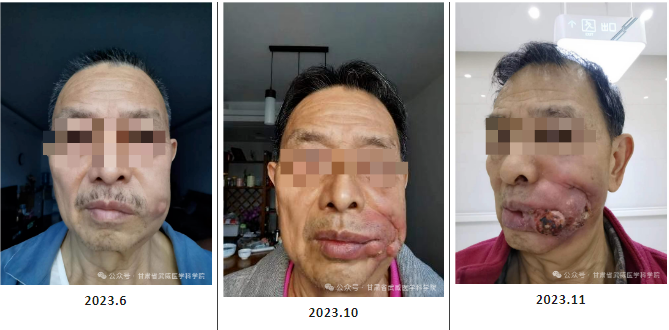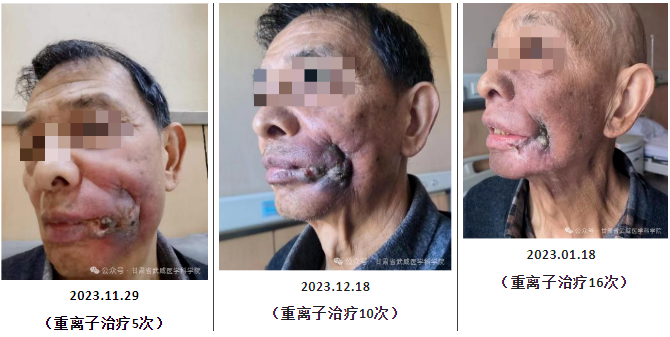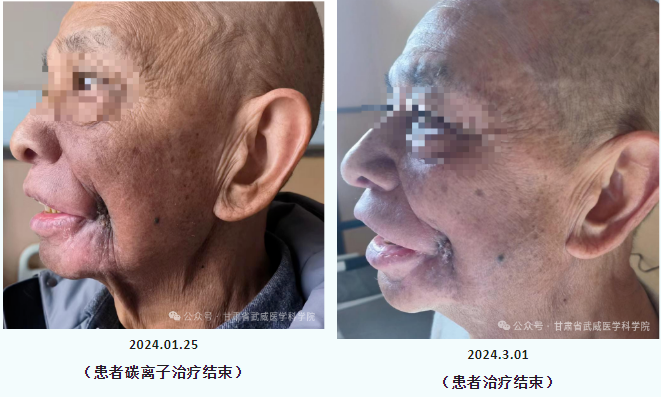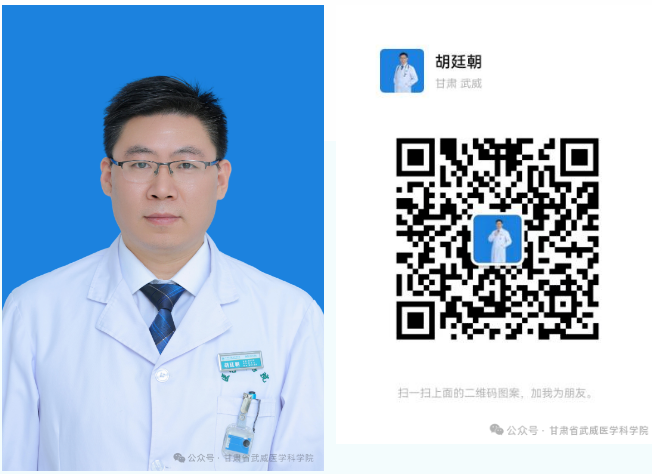Buccal Mucosal Cancer Treatment Without Disfigurement – New Hope Brought by Heavy Ion Therapy
Buccal Mucosal Cancer Treatment Without Disfigurement – New Hope Brought by Heavy Ion Therapy
First, let's understand buccal mucosal cancer. It is a malignant tumor that occurs on the oral mucosa. Although not as well-known as lung or liver cancer, it significantly impacts patients' quality of life and physical and mental health. Traditional treatments, such as surgery, chemotherapy, and radiotherapy, are often accompanied by significant pain and side effects, and may even lead to disfigurement.
Because buccal mucosal cancer has no obvious symptoms in its early stages, most patients are diagnosed only after the cancer has potentially invaded oral tissues like the tongue, oropharynx, cheek, masseter muscle, mandible, and cervical lymph nodes. To ensure safe margins during tumor resection, surrounding tissue around the lesion is also removed, along with a neck lymph node dissection. This can affect the patient's physiological functions such as swallowing, chewing, and speech, and also impact appearance, severely impacting the patient's quality of life and mental health. Postoperative skin flap repair and functional reconstruction无形中 increase the financial burden on patients, and the possibility of postoperative recurrence is undoubtedly an additional concern for them.
However, the emergence of heavy ion therapy brings new hope to patients with buccal mucosal cancer.
Heavy ion therapy is an advanced form of radiation therapy that kills cancer cells by precisely directing high-energy heavy ion beams to the tumor site. Compared to traditional radiotherapy, heavy ion therapy offers higher precision and causes less damage to surrounding normal tissues, resulting in fewer side effects and a better quality of life for patients.
Furthermore, a significant advantage of heavy ion therapy is its ability to preserve the patient's appearance. Due to its precise irradiation range, heavy ion therapy can maximize the protection of surrounding normal tissues, including skin and mucosa, while destroying cancer cells. This means that patients with buccal mucosal cancer have the hope of avoiding the risk of disfigurement after undergoing heavy ion therapy and preserving their original appearance.
Of course, heavy ion therapy is not a panacea and cannot guarantee a 100% success rate. However, for patients with buccal mucosal cancer, it is undoubtedly a new option worth trying. It brings new hope, offering patients more courage and strength on their journey to fight cancer.
The following is a case from our department after heavy ion radiotherapy:
Case 1: Patient Tan**, male, 67 years old. On February 20, 2023, the patient discovered a millet-sized, painless mass on his left buccal mucosa. Later, the mass rapidly increased in size (7×6 cm), with ulceration and purulent discharge on the left cheek, accompanied by limited mouth opening. Biopsy showed: high-grade intraepithelial neoplasia of the left buccal mucosa. The mass on the left cheek had increased to a size of 63×37.1×44.8 mm, accompanied by perforation of the buccal mucosa, invasion of the upper alveolar ridge, and metastasis to double-layer cervical lymph nodes. The patient was admitted to our hospital on November 26, 2023, and received heavy ion radiotherapy starting on December 6, 2023, with a prescribed dose of 69 Gy (RBE)/23 Fx. He also received 4 cycles of TP regimen chemotherapy. Currently, the tumor has basically subsided, the buccal mucosal perforation has healed, pain has significantly relieved, and mouth opening is about two and a half fingers wide.
Disease progression from initial discovery to gradual worsening

followed by improvement after heavy ion radiotherapy


a comparison of MRI scans before and after treatment

The patient has now completed the fourth cycle of chemotherapy in our department. The mass on the patient's cheek has completely subsided. Three months after the heavy ion therapy, the efficacy was evaluated as Complete Response (CR). The patient expressed that during their hospitalization in the oral surgery department of West China Hospital, seeing other patients who had undergone surgery made them lose confidence in the future. Even though they were about to undergo surgery for the second time after queuing for admission again, upon discovering a second radical treatment option, they resolutely chose the Gansu Wuwei Heavy Ion Hospital. The outcome demonstrates that the patient's choice was correct.
In the world of medicine, cancer is undoubtedly one of the most feared demons. However, with advancements in technology, we have more weapons to fight this formidable enemy. The "new anti-tumor weapon" – heavy ion therapy – brings new hope to patients with buccal mucosal cancer.
Discipline Leader

Hu Tingchao, Associate Chief Physician of Radiation Oncology
• Director of the Seventh Department of Radiation Oncology (Head and Neck Tumor Radiotherapy), Gansu Wuwei Cancer Hospital
• Member of the Chinese Anti-Cancer Association
• Committee Member of the Gansu Provincial Radiotherapy Committee
• Council Member of the 3rd Western Radiation Therapy Association
• Committee Member of the Particle Therapy Branch of the China Association of Medical Equipment
Education and Experience: Graduated from the Clinical Medicine Department of Lanzhou University in 2005. With 18 years of experience in tumor radiotherapy, he has pursued advanced studies in radiotherapy at Sichuan Cancer Hospital, Japan Fukuoka Tokushukai Hospital, Shanghai Proton and Heavy Ion Center, and the Cancer Prevention and Treatment Center of Sun Yat-sen University in Guangzhou.
Specialties:
1.Expertise in comprehensive treatments including radiotherapy, chemotherapy, and targeted therapy for various common malignant tumors such as head and neck tumors, glioma, lymphoma, and chordoma.
2.Precision tumor therapy: 3D conformal radiotherapy (3D-CRT), intensity-modulated radiotherapy (IMRT), volumetric modulated arc therapy (VMAT), stereotactic body radiation therapy (SBRT), image-guided radiotherapy (IGRT), and carbon ion radiotherapy (CIRT). Extensive experience in radiotherapy planning, protection of normal organ function, and managing radiotherapy side effects.
Research and Publications: Published over ten professional papers, authored one book, holds one utility model patent, presided over the completion of two municipal-level scientific research projects in Wuwei, participated in compiling standard procedures for carbon ion radiotherapy, and has been awarded the title of "Advanced Worker" by the hospital multiple times.
Preliminary Review: Zhang Lihong
Final Review: Zhang Jie
